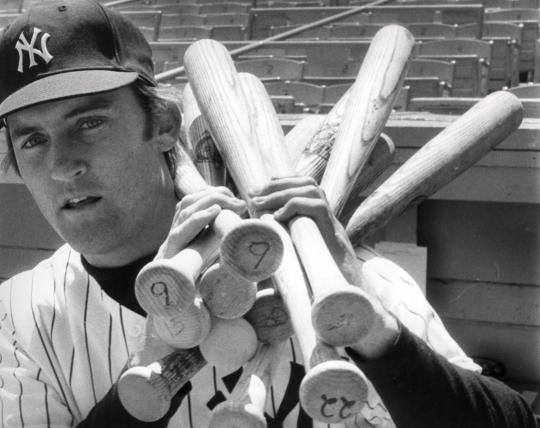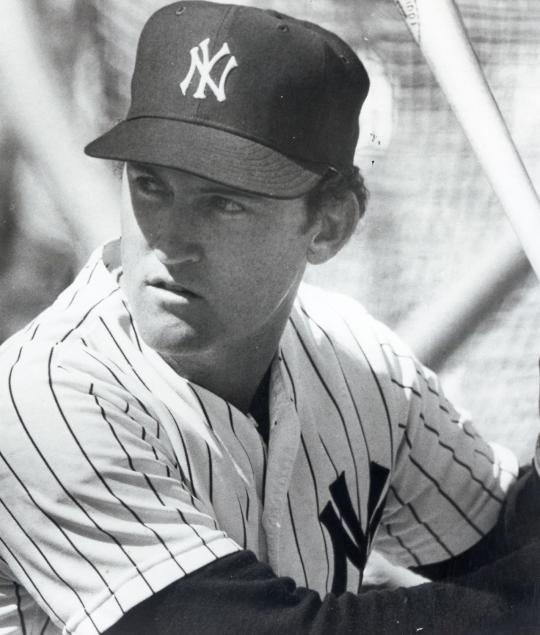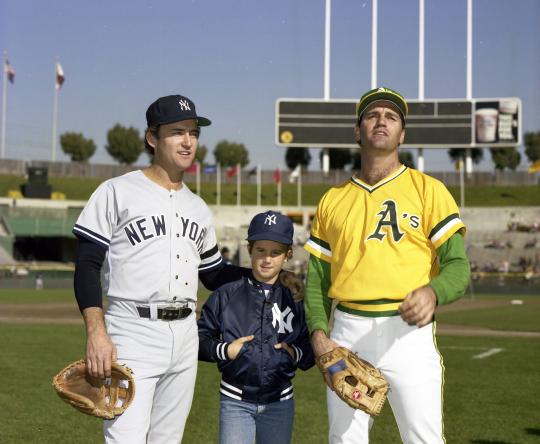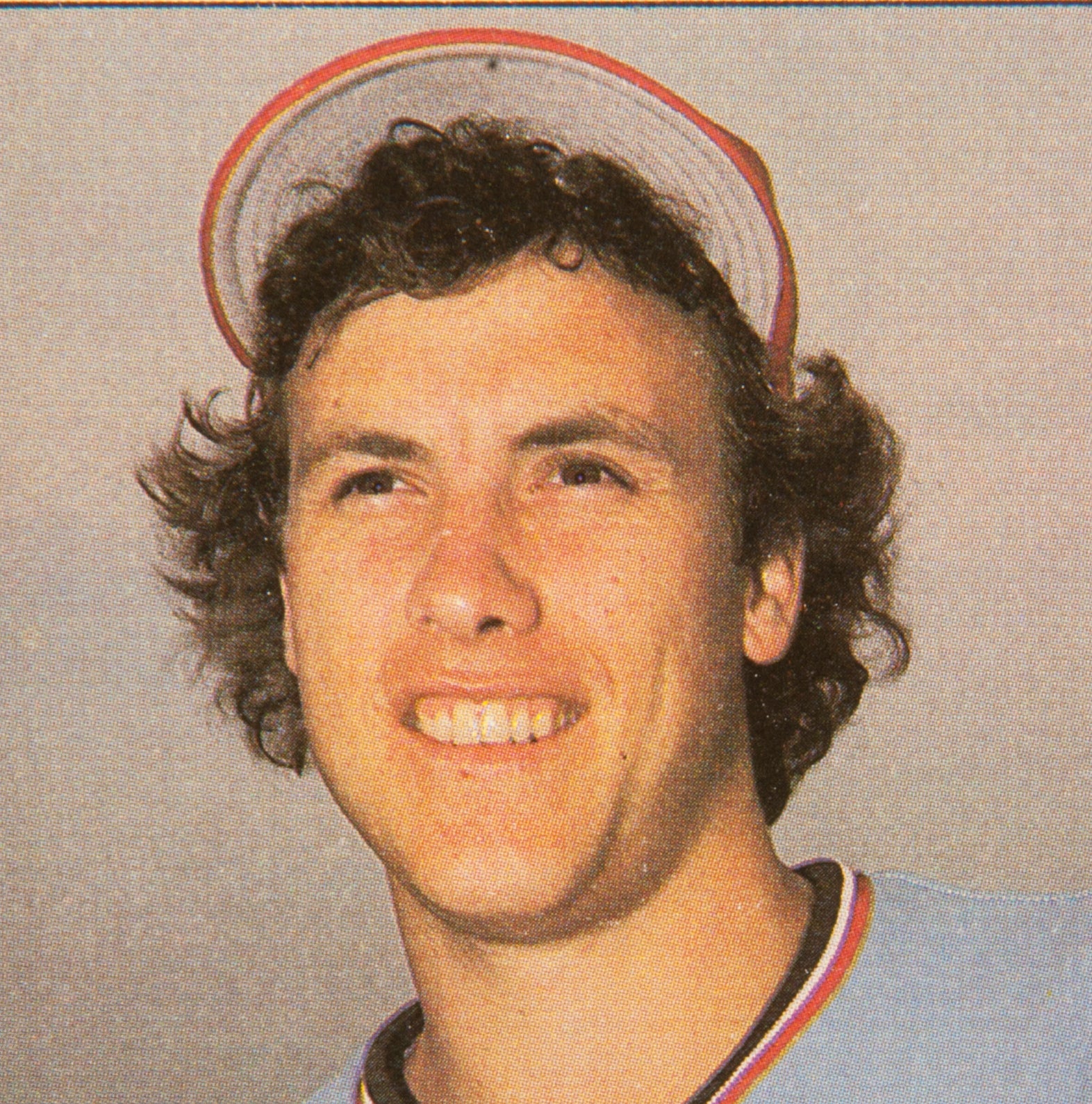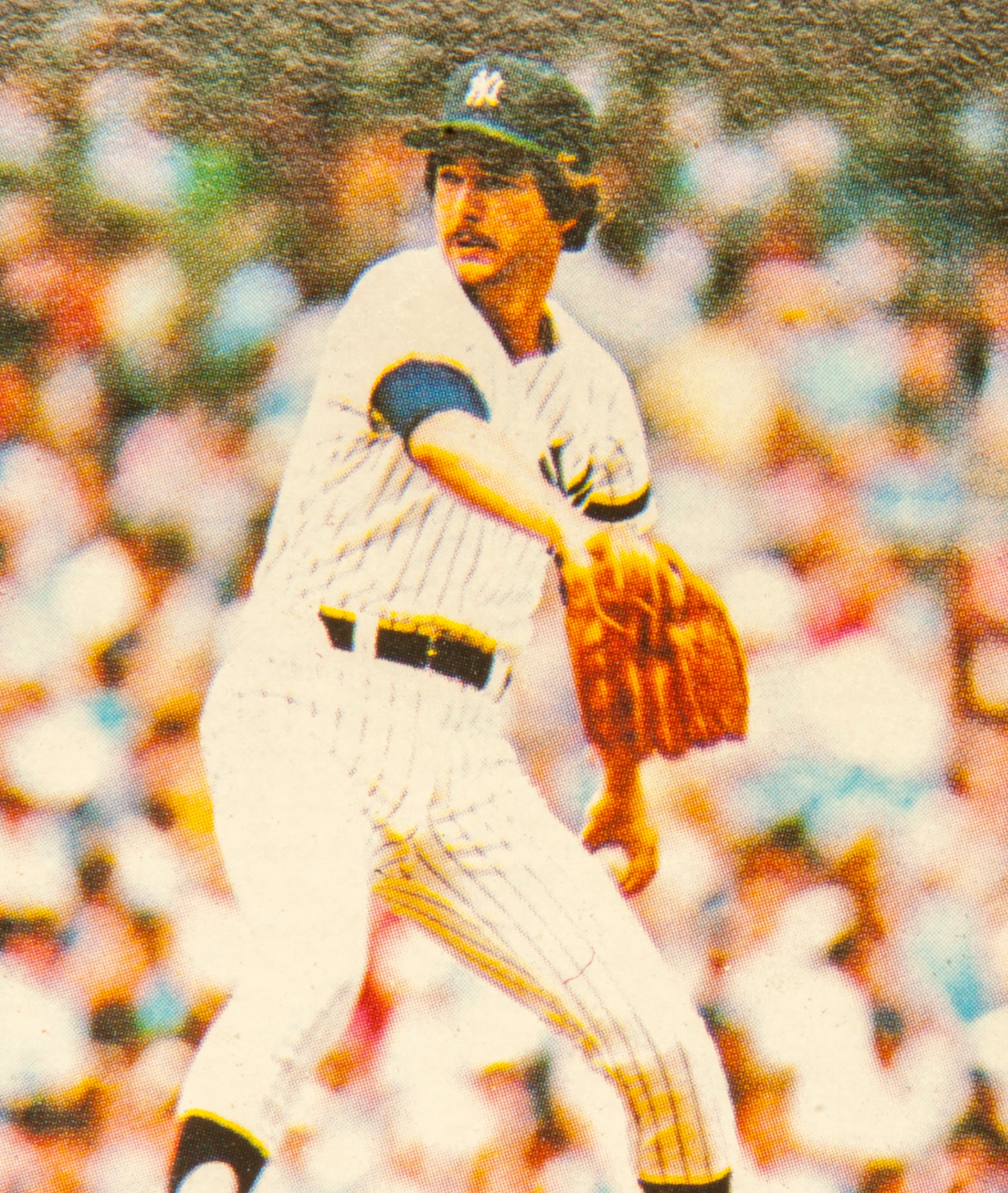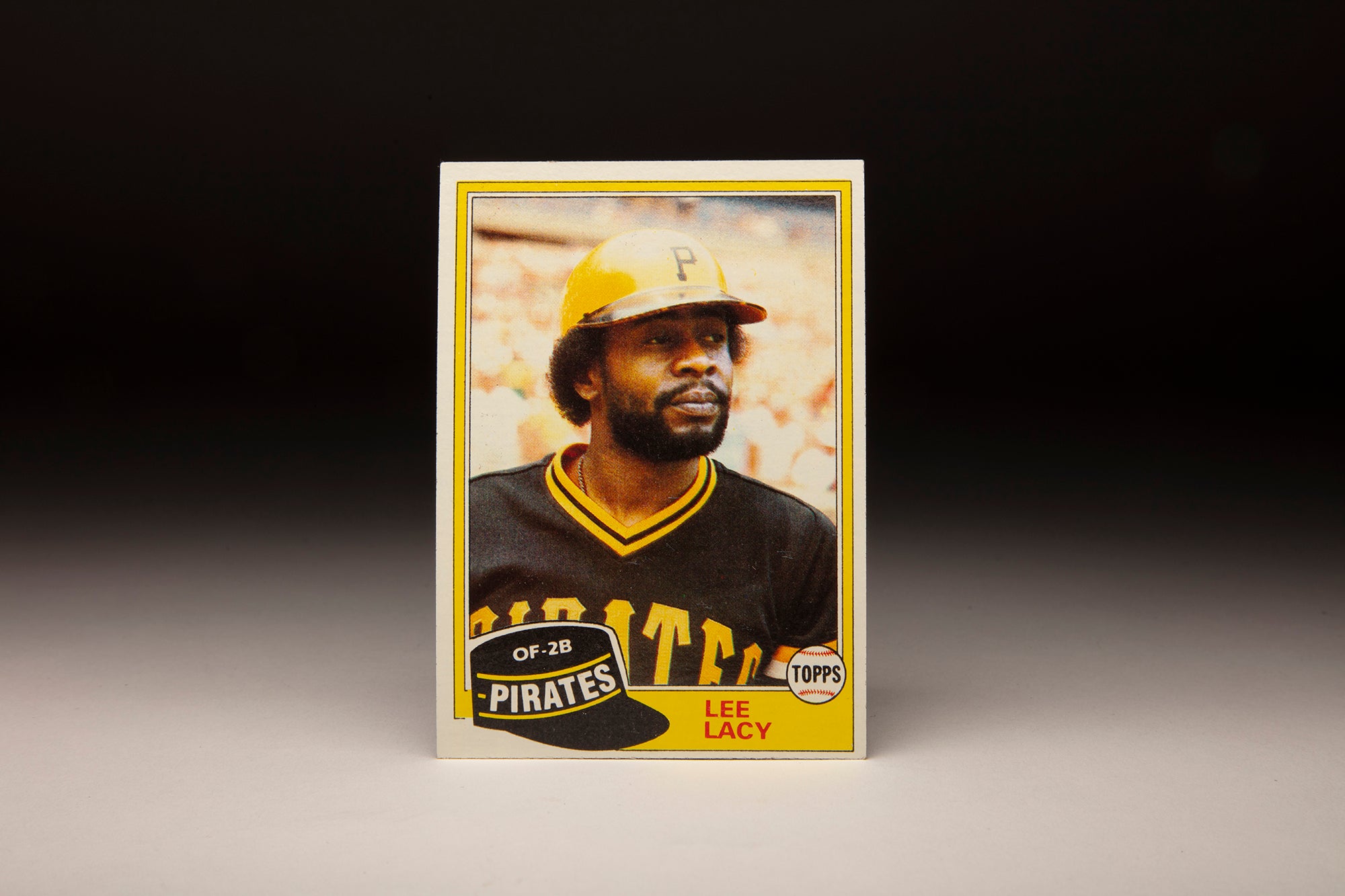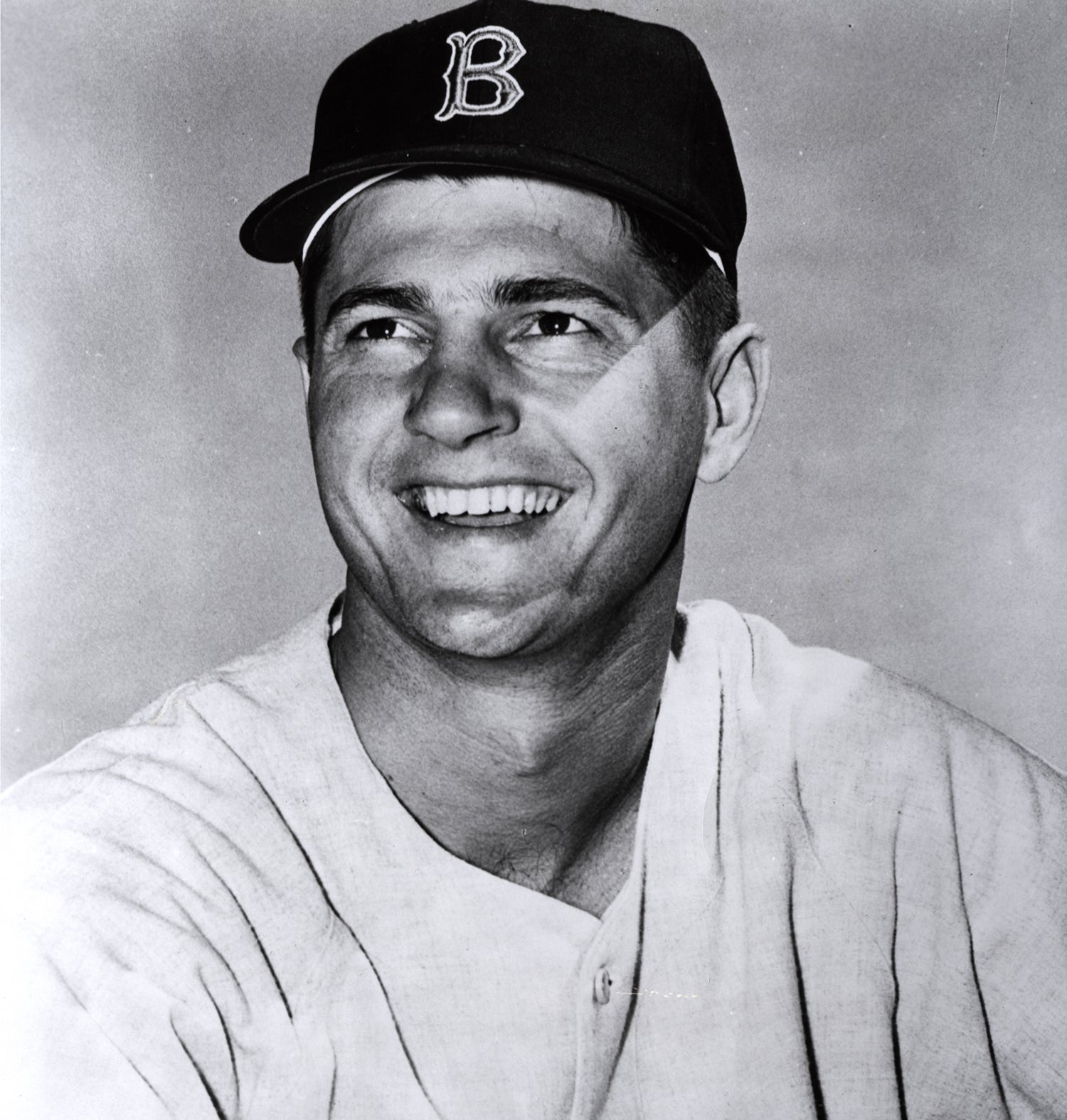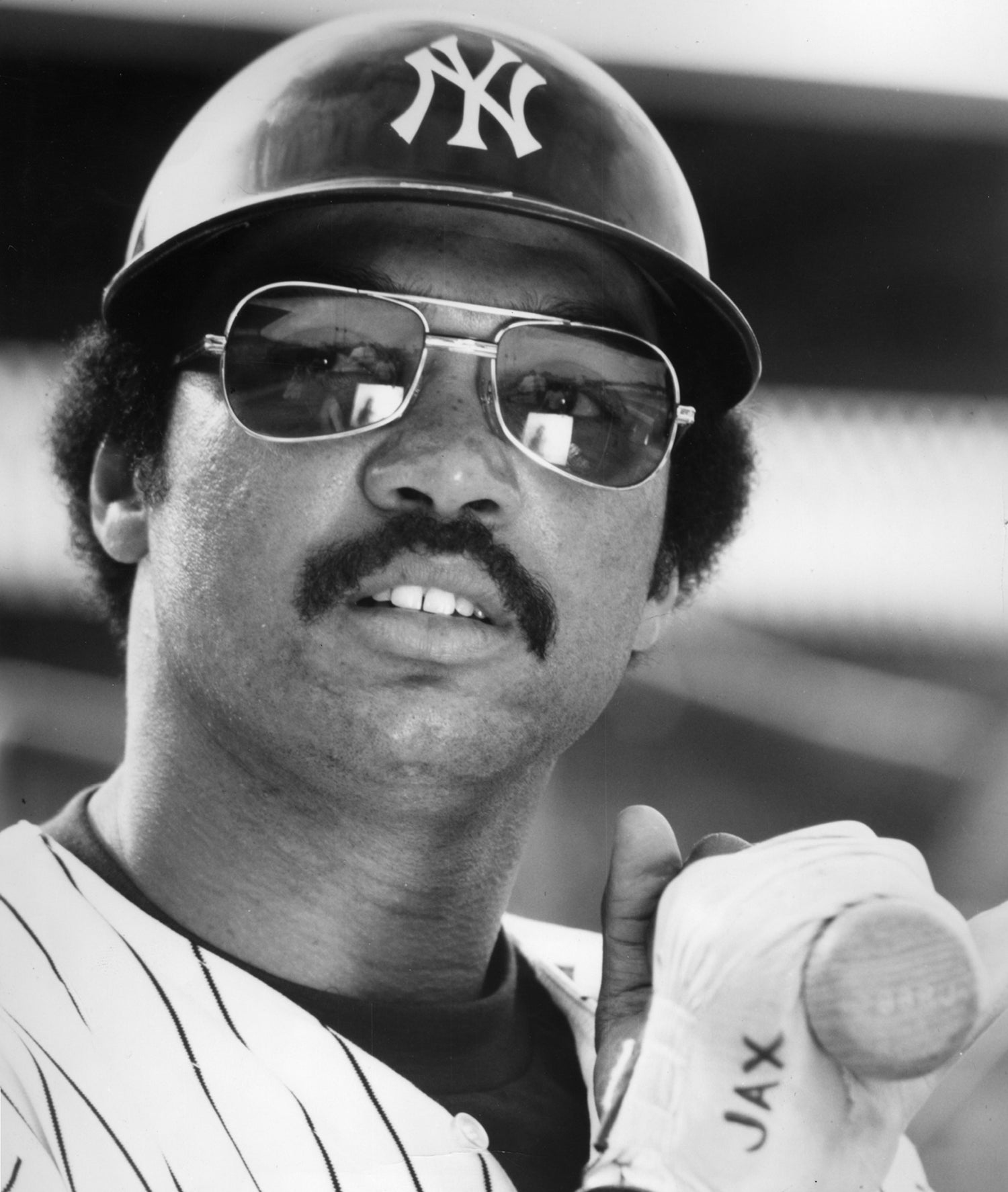- Home
- Our Stories
- #CardCorner: 1981 Topps Graig Nettles
#CardCorner: 1981 Topps Graig Nettles
Graig Nettles could play any game you want.
Like old-style counting stats? When he played his last big league game on Oct. 1, 1988, Nettles’ 390 home runs ranked among the Top 25 all-time.
Hall of Fame Membership
There is no simpler, and more essential, way to demonstrate your support than to sign on as a Museum Member.
Prefer new-age analytics? Nettles’ 68.0 WAR ranks among the Top 120 of all-players and No. 10 among players whose played the majority of their games at third base.
How about rings? Nettles was a key player on teams that won five pennants and two World Series titles. And he saved his best for the national spotlight.
Born Aug. 20, 1944 in San Diego, Nettles grew up playing baseball and basketball before focusing on the diamond at San Diego State University. The Minnesota Twins used their fourth-round pick in the inaugural MLB Draft of 1965 to select Nettles and sent him to the Wisconsin Rapids Twins of the Class A Midwest League in 1966.
Nettles hit 28 home runs in 117 games that season, then hit 19 more with Double-A Charlotte of the Southern League in 1967. He also set a league record with 381 assists at third base that year, earning a reputation as a premium defensive prospect.
Nettles earned his first big league promotion at the end of the 1967 season, appearing in three games as a pinch-hitter with the Twins as Minnesota, Boston, Detroit and Chicago fought furiously for the American League pennant. In 1968, the Twins sent Nettles to Triple-A Denver, where he hit .297 with 22 homers and 83 RBI.
This time, the Twins brought him up for 22 games, where he appeared mostly in the outfield. He made the Opening Day roster a year later and appeared in 96 games as a reserve outfielder/third baseman, hitting seven homers and driving in 26 runs as the Twins won the first American League West Division title.
But with Harmon Killebrew blocking his way at third base, Nettles became trade bait. Following the season, the Twins sent Nettles to the Indians along with pitchers Dean Chance and Bob Miller and outfielder Ted Uhlaender in exchange for pitchers Luis Tiant and Stan Williams.
The trade denied Nettles a chance to play with his brother Jim – who debuted for the Twins in 1970 – but opened the door to a regular big league job.
Installed as the Indians’ regular third baseman in 1970, Nettles hit just .235 in an era where nearly all hitters were judged by their batting average. But Nettles also hit 26 home runs, scored 81 times, drew 81 walks and finished second among AL third baseman with 358 assists, trailing Aurelio Rodriguez by 19 while totaling 37 more than Gold Glove Award winner Brooks Robinson. Nettles also led all AL third basemen in field percentage at .967.
In 1971, Nettles was even better – leading all big league third basemen with 412 assists, 159 putouts and 54 double plays, setting new records for assists and DPs. His defensive WAR that year was 3.9 – the best to that point in history by any third baseman other than Robinson.
At the plate, Nettles hit 28 home runs with 86 RBI and 82 walks in 1971 while improving his batting average to .261. And while he slumped a bit in 1972 (hitting .251 with 17 homers and 70 RBI while leading AL third basemen in errors with 21), Nettles seemed to be a piece the Indians could count on for years.
But after denying trade rumors surrounding Nettles for several weeks, Indians general manager Gabe Paul sent his third baseman to the Yankees with catcher Jerry Moses on Nov. 27, 1972, in exchange for prospects John Ellis, Charlie Spikes and Rusty Torres and infielder Jerry Kenney.
“We traded tomorrow for today,” Yankees general manager Lee MacPhail told the Associated Press.
That “tomorrow” would soon include Paul, who would become part of the ownership group George Steinbrenner assembled to purchase the Yankees a few weeks later.
Nettles hit .234 with 22 home runs and 81 RBI for the Yankees in 1973 – and he totaled 410 assists at third base. He could not dislodge the Gold Glove Award from Robinson, who captured 16 in a row from 1960-75. But by the numbers, no third baseman in the game was better than Nettles.
The Yankees continued to assemble their soon-to-be title team in 1974 and ’75, with Nettles firmly entrenched at third base. He earned his first All-Star Game berth in 1975 then led the AL in home runs with 32 in 1976 as the Yankees won their first pennant in 12 seasons.
After losing the ’76World Series to the Reds, Steinbrenner brought Reggie Jackson to New York – adding the final piece the Yankees needed. In 1977, Nettles posted career highs in home runs (37) and RBI (107) as the Bronx Bombers won the World Series against the Dodgers. Nettles finished fifth in the AL Most Valuable Player voting and won his first Gold Glove Award at the age of 33.
The next season, the Yankees repeated as World Series winners – with Nettles stealing the show in the postseason. First, he caught Carl Yastrzemski’s popup that ended the one-game playoff against the Red Sox for the AL East title. Then in the World Series – with the Yankees trailing 2-games-to-none in Game 3, Nettles made several spectacular plays in the field – in particular, robbing the Dodgers’ Reggie Smith twice with runners on base – to help the Yankees win 5-1 and get back into the series.
“Nobody remembers it, but in 1970 I led the league in fielding,” Nettles told the Hartford Courant prior to Game 4 of the 1978 World Series. “The next year, I set records for assists and double plays. Now, three or four years later, everybody thinks I’m an overnight success. As far as I’m concerned, I’ve been doing it for eight or nine years.”
Nettles was named to the AL All-Star team again in 1979, but the Yankees finished fourth in the wake of captain Thurman Munson’s death in a plane crash during the season. In 1980, Nettles appeared in just 89 games – after playing in almost 156 per season from 1970-79 – due to a bout with hepatitis.
He rebounded in 1981 and helped the Yankees return to the postseason, winning ALCS MVP honors after driving in nine runs and hitting .500 in New York’s three-game sweep of the Athletics. But in the World Series, Nettles broke his thumb while diving for a ball in Game 2 and did not play again until Game 6. After winning the first two games, the Yankees lost four straight to the world champion Dodgers.
Nettles was named the 11th captain in Yankees history in 1982, but a public battle with Steinbrenner resulted in his trade to the Padres on the eve of the 1984 season. Playing in his hometown, Nettles hit 20 home runs and recorded 65 RBI during a season where he turned 40 years old – helping San Diego win its first NL pennant. He was named to his sixth-and-final All-Star Game in 1985 before drawing his release from the Padres following the 1986 season.
After one season apiece as a bench player with the Braves and Expos, Nettles called it a career. In 22 seasons, he totaled 2,225 hits, 328 doubles, 1,314 RBI and those 390 home runs. He also drew 1,088 walks, helping boost his on-base percentage to .329 despite a .248 batting average.
Defensively, Nettles’ 5,279 assists rank second all time – behind only Robinson – while his 470 double plays rank third.
You name it, and Graig Nettles could probably do it.
Craig Muder is the director of communications for the National Baseball Hall of Fame and Museum



